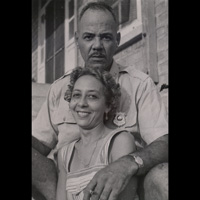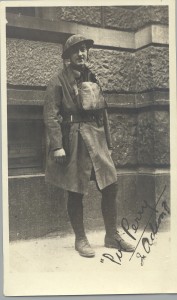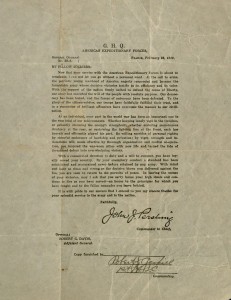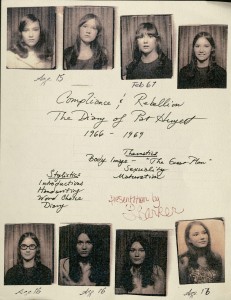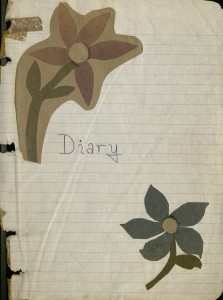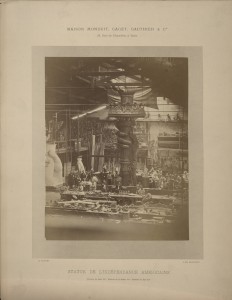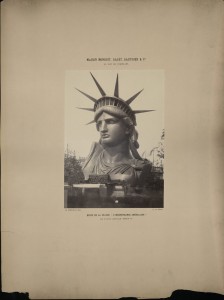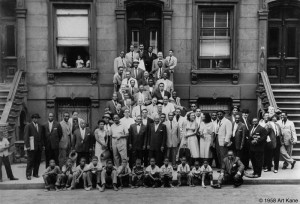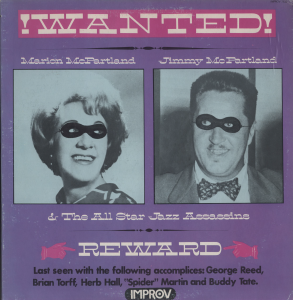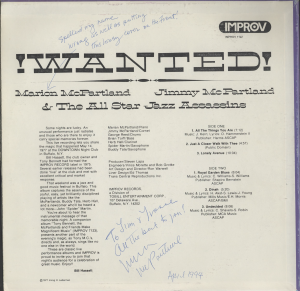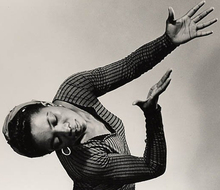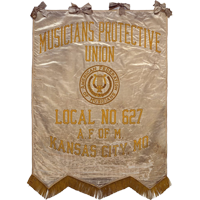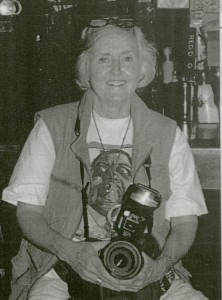 After 35 years of designing greeting cards, Evie Quarles finally decided to pursue her innate yearning to become a professional photographer. In the Fall of 1997 her son Josh persuaded her to put down her paintbrush, pick up a camera and enroll in a photography class at Penn Valley Community College. What Evie would choose to photograph was not to be of the usual common nature, but rather a phenomenon ingrained into her spirit at a very early age, referred to as the Blues. Growing up in West Tennessee, she would accompany her father to joints to service Juke Boxes on weekends or in the summertime. It was in the black joints she would discover her call to the Blues. In her words, “the call would come as a whisper”, because “race’ music was not played on the radio in those days. Parents did not want their teenagers to be influenced by the Devil’s music.
After 35 years of designing greeting cards, Evie Quarles finally decided to pursue her innate yearning to become a professional photographer. In the Fall of 1997 her son Josh persuaded her to put down her paintbrush, pick up a camera and enroll in a photography class at Penn Valley Community College. What Evie would choose to photograph was not to be of the usual common nature, but rather a phenomenon ingrained into her spirit at a very early age, referred to as the Blues. Growing up in West Tennessee, she would accompany her father to joints to service Juke Boxes on weekends or in the summertime. It was in the black joints she would discover her call to the Blues. In her words, “the call would come as a whisper”, because “race’ music was not played on the radio in those days. Parents did not want their teenagers to be influenced by the Devil’s music.
A few months into her photography class she was wandering around 39th and Main i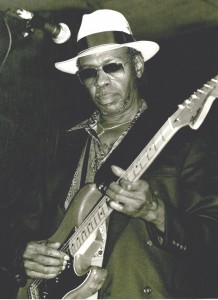 n Kansas City, looking for visual material for her final exam. She heard music coming from the open door of the Grand Emporium, a local Juke Joint. She wandered in and quickly became immersed in the music of Millage Gilbert’s Blues. When the band took a break she introduced herself to Millage and asked if she could photograph his next set. He approved her request,, and so here her new journey began. Quarles soon contacted the proprietor Roger Naber to obtain permission to photograph local & national acts, to which he agreed. For the next seven years the Grand Emporium would become her “Muse”.
n Kansas City, looking for visual material for her final exam. She heard music coming from the open door of the Grand Emporium, a local Juke Joint. She wandered in and quickly became immersed in the music of Millage Gilbert’s Blues. When the band took a break she introduced herself to Millage and asked if she could photograph his next set. He approved her request,, and so here her new journey began. Quarles soon contacted the proprietor Roger Naber to obtain permission to photograph local & national acts, to which he agreed. For the next seven years the Grand Emporium would become her “Muse”. 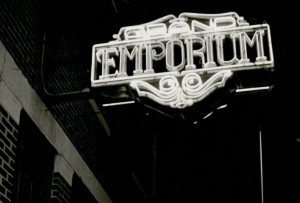
In May of 2013, Ms. Quarles bestowed upon the LaBudde Special Collections a generous selection of photographs from her vast collection. The black & white images create a compelling depiction of Quarles’ love and passion for the epic American art form known as the Blues.
Teresa Wilson Gipson

